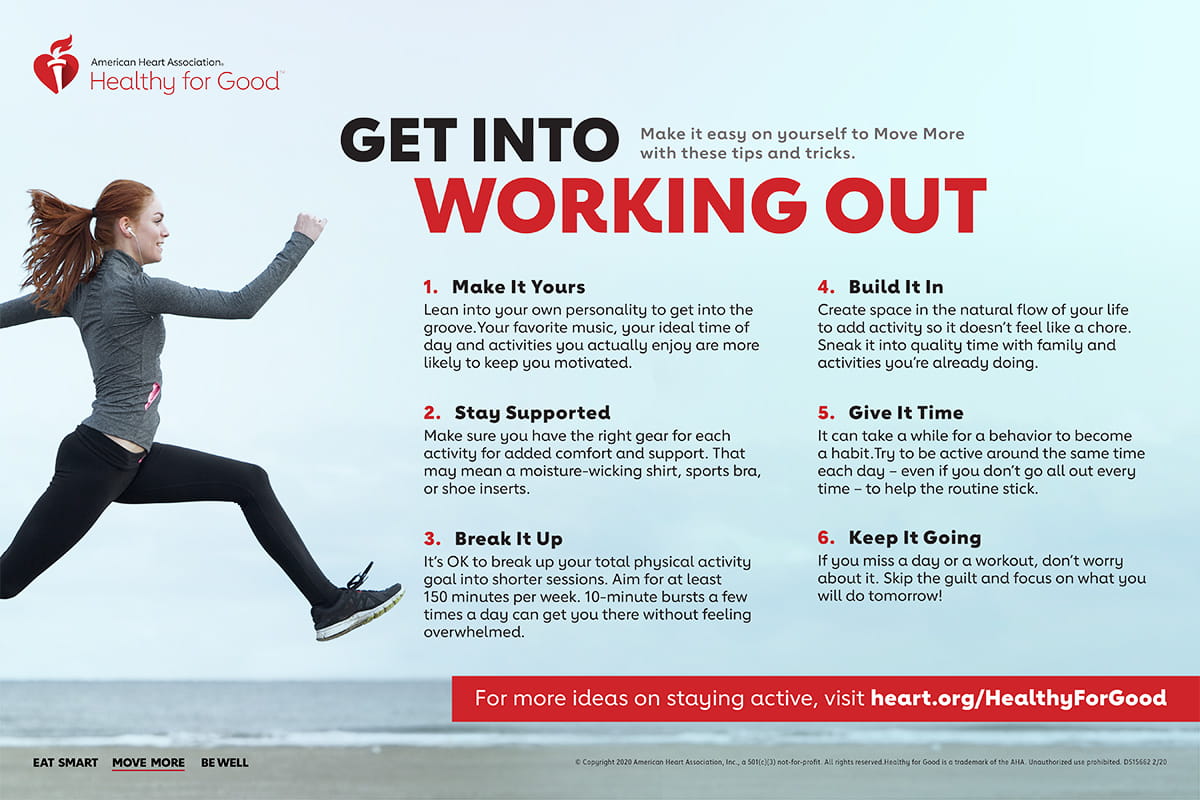Are you passionate about sports and looking for ways to enhance your performance? Look no further! This article focuses on providing you with valuable insights on a specific sport or athletic activity, covering everything from training techniques to performance improvement strategies. Additionally, we will share gear recommendations to help you stay on top of your health and fitness game. Whether you’re a seasoned athlete or just starting out, this article aims to provide you with the knowledge and tools you need to excel in your chosen sport or activity. So, lace up your sneakers and get ready to take your skills to the next level!
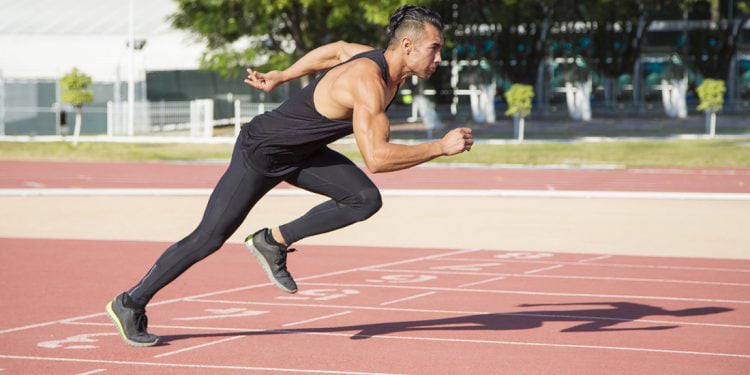
This image is property of blog.nasm.org.
Choosing a Sport or Athletic Activity
Identifying your interests and goals
When it comes to choosing a sport or athletic activity, it’s important to start by considering your interests and goals. Ask yourself what type of physical activities you enjoy and what you hope to achieve through participating in a sport. Are you looking to compete at a high level, or are you more interested in staying fit and active? Identifying your interests and goals will help narrow down the options and ensure that you choose a sport that aligns with your passions and motivations.
Considering your physical abilities and limitations
In addition to your interests and goals, it’s crucial to consider your physical abilities and limitations. Take an honest assessment of your fitness level, including factors such as strength, endurance, and flexibility. Consider any past injuries or medical conditions that may impact your ability to participate in certain sports. By understanding your physical abilities and limitations, you can choose a sport or athletic activity that is both enjoyable and safe for you.
Researching different sports and activities
Once you have identified your interests, goals, and physical abilities, it’s time to research different sports and activities. Look into the various options available and consider factors such as the equipment required, the skill level involved, and the availability of local clubs or teams. Take the time to read about different sports, watch videos of competitions, and even try out a few introductory sessions to get a feel for what appeals to you. The more research you do, the better equipped you will be to make an informed decision.
Training for the Chosen Sport or Activity
Setting specific training goals
Once you have chosen a sport or athletic activity, it’s important to set specific training goals. These goals should be measurable and time-bound, allowing you to track your progress and stay motivated. Whether your goal is to improve your speed, increase your strength, or enhance your endurance, breaking it down into smaller, achievable targets will make it more manageable and rewarding.
Creating a training schedule
To effectively train for your chosen sport or activity, it’s essential to create a training schedule. This schedule should outline the frequency, duration, and intensity of your workouts, ensuring that you are consistently engaging in targeted training sessions. Be sure to factor in rest days to allow your body time to recover and prevent overtraining. By establishing a regular training routine, you will build the necessary discipline and consistency needed to excel in your chosen sport.
Including a variety of exercises and workouts
A well-rounded training program should include a variety of exercises and workouts to target different areas of fitness. Incorporate cardiovascular exercises to improve your endurance, strength training to build muscle and power, and flexibility and mobility exercises to enhance your range of motion. By incorporating a variety of workouts, you will not only develop a balanced physique but also improve your overall athletic performance.
Incorporating strength and conditioning training
Strength and conditioning training is an essential component of any sport or athletic activity. By focusing on building strength, you will be able to generate more power and perform at a higher level. Incorporate exercises that target major muscle groups, such as squats, deadlifts, and push-ups. Additionally, consider incorporating plyometric exercises to improve your explosiveness and agility. Remember to start with light weights and gradually increase the load to avoid injury.
Incorporating flexibility and mobility exercises
Flexibility and mobility play a key role in preventing injuries and optimizing performance. Incorporate stretching exercises to improve your flexibility and increase your range of motion. Additionally, include mobility exercises that target specific joints and muscles used in your chosen sport. Foam rolling can also be beneficial in releasing tight muscles and improving overall mobility. By dedicating time to flexibility and mobility exercises, you will enhance your athletic performance and reduce the risk of injury.
Performance Improvement Strategies
Analyzing and identifying areas for improvement
To improve your performance in your chosen sport or activity, it’s crucial to analyze and identify areas for improvement. Assess your strengths and weaknesses, and take note of any recurring patterns or areas where you consistently struggle. This self-awareness will allow you to focus your training efforts on the areas that need the most attention, leading to more significant improvements in your performance.
Working with a coach or trainer
Working with a coach or trainer can greatly accelerate your progress and help you reach your performance goals. A qualified coach or trainer can provide personalized guidance, tailored workouts, and expert feedback to help you refine your technique and improve your skills. They can also offer motivation, accountability, and support throughout your training journey. Consider seeking out a coach or trainer who specializes in your chosen sport or activity to ensure you receive targeted and effective guidance.
Utilizing video analysis for technique improvement
Video analysis is a powerful tool for improving technique and identifying areas of improvement. Record yourself performing specific movements or skills in your chosen sport, and review the footage to observe any flaws or inefficiencies. Compare your technique to that of professionals or experienced athletes to gain insights into what you can do differently. Utilizing video analysis regularly will help you refine your technique and make necessary adjustments for better performance.
Practicing specific drills and skills
To excel in your chosen sport or activity, it’s important to practice specific drills and skills that are directly related to the demands of your sport. Break down the movements or skills required in your sport and design drills that target those specific areas. Dedicate focused practice time to mastering these drills and skills, gradually increasing the difficulty level as you progress. Practicing specific drills and skills will enhance your muscle memory and improve your overall performance.
Setting measurable performance goals
In addition to training goals, setting measurable performance goals can provide a clear direction and purpose for your training. Identify specific metrics that are relevant to your chosen sport, such as improving your race time, increasing your accuracy, or achieving a certain level of endurance. By setting measurable performance goals, you can track your progress and celebrate milestones along the way. These goals will also serve as motivation to push yourself further and continue improving.
Monitoring progress and making adjustments
Regularly monitoring your progress is essential for assessing the effectiveness of your training program and making necessary adjustments. Keep track of key performance indicators, such as strength gains, speed improvements, or skill mastery. Additionally, pay attention to how your body feels and whether you are experiencing any pain or discomfort. If progress stalls or you notice any issues, don’t be afraid to make adjustments to your training program, seek professional advice, or revisit your goals. Adaptability and flexibility are key to long-term growth and improved performance.
Nutrition and Hydration for Optimal Performance
Understanding the importance of proper nutrition and hydration
Proper nutrition and hydration are crucial for optimal athletic performance. The food you eat and the fluids you consume directly impact your energy levels, endurance, and overall physical well-being. Understanding the importance of fueling your body with the right nutrients and staying hydrated will help you perform at your best and recover more effectively.
Fueling your body with a balanced diet
A balanced diet that includes a variety of whole foods is essential for meeting your nutritional needs as an athlete. Focus on consuming a mix of carbohydrates, proteins, and healthy fats to provide your body with the energy, nutrients, and building blocks it needs to perform and recover. Emphasize fruits, vegetables, lean proteins, whole grains, and healthy fats in your meals. Fueling your body with a balanced diet will provide the foundation for optimal performance and overall health.
Meeting specific dietary requirements for the chosen sport
Different sports and activities may have specific dietary requirements due to the unique demands they place on the body. For example, endurance athletes may need to consume more carbohydrates for sustained energy, while strength athletes may require additional protein for muscle recovery and growth. Research the specific dietary recommendations for your chosen sport or activity and tailor your nutrition plan accordingly. Consulting with a sports nutritionist can also provide personalized guidance for meeting your specific dietary needs.
Timing meals and snacks for optimal energy levels
The timing of your meals and snacks can significantly impact your energy levels and overall performance. Aim to eat balanced meals about 2-3 hours before a workout or competition to provide your body with the necessary fuel. Additionally, include small, nutrient-dense snacks before, during, and after strenuous activities to maintain a steady energy supply and support muscle recovery. Experiment with different meal and snack timings to find what works best for your body and your sport.
Hydrating before, during, and after training or competition
Proper hydration is vital for maintaining performance and preventing dehydration during training or competition. Drink water regularly throughout the day to ensure you are adequately hydrated before starting any physical activity. During workouts or competitions, aim to sip on fluids at regular intervals to replace water lost through sweat. Afterward, replenish your fluids to support recovery. Depending on the intensity and duration of your sport, you may need to consider sports drinks or electrolyte supplements to replenish electrolytes lost through sweat.
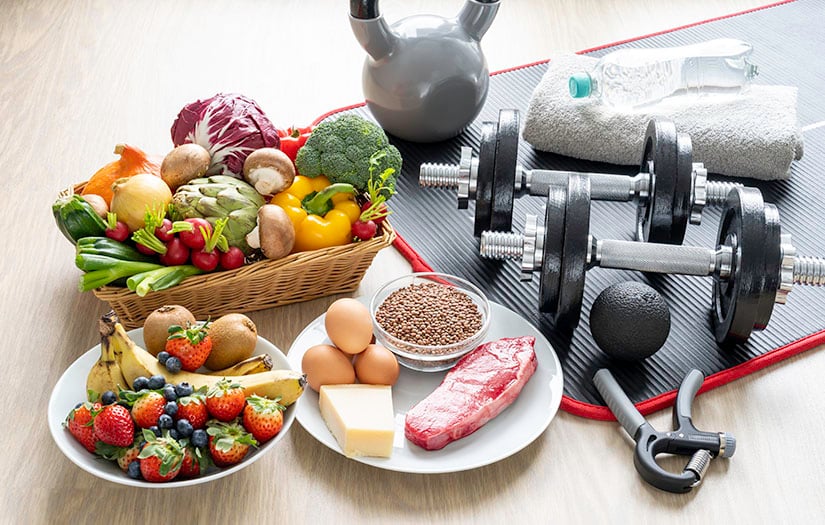
This image is property of blog.nasm.org.
Gear Recommendations for Safety and Performance
Choosing appropriate footwear for the sport or activity
Choosing the appropriate footwear for your sport or activity is paramount in ensuring both safety and performance. Different sports and activities may require specific types of shoes to provide the necessary support, stability, and traction. Consider factors such as the surface you will be playing on, the type of movements involved, and any specific foot conditions or injuries you may have. Visit a specialty sports store or consult with a knowledgeable professional to find the perfect pair of athletic shoes for your needs.
Selecting clothing that promotes comfort and breathability
The clothing you wear during sport or athletic activities can greatly impact your comfort, flexibility, and overall performance. Opt for clothing made from breathable, moisture-wicking fabrics that allow for air circulation and sweat evaporation. Consider the weather conditions and dress in layers accordingly. Additionally, choose clothing that allows for a full range of motion and minimizes any restrictions or discomfort. Investing in high-quality athletic apparel will not only enhance your performance but also ensure your comfort and safety.
Using protective gear to minimize the risk of injuries
Certain sports or activities may require the use of protective gear to minimize the risk of injuries. Helmets, mouthguards, shin guards, knee or elbow pads, and wrist supports are just a few examples of protective gear that may be necessary. Take into account the specific safety requirements of your chosen sport and invest in the appropriate protective gear. Prioritize your safety and ensure that all protective equipment is properly fitted and in good condition to provide maximum protection.
Investing in quality sports equipment
When participating in a sport or athletic activity, investing in quality sports equipment can make a significant difference in both performance and safety. Whether it’s a tennis racket, a golf club, or a bicycle, choose equipment that is appropriate for your skill level and aligns with your goals. Avoid using worn-out or ill-fitted equipment, as it can negatively impact your technique and increase the risk of injuries. Consult with experts or experienced athletes to get recommendations on high-quality sports equipment that suits your needs.
Considering technology and gadgets for performance tracking
Advancements in technology have opened up a world of possibilities when it comes to tracking and enhancing athletic performance. Consider utilizing technology and gadgets such as fitness trackers, heart rate monitors, or GPS watches to monitor your progress, track key metrics, and gain insights into your performance. These tools can provide valuable data to help you analyze your training, make informed decisions, and continue improving. Take advantage of the technology available to support your athletic journey and maximize your potential.
Preventing and Managing Injuries
Understanding common injuries associated with the sport
Understanding the common injuries associated with your chosen sport or activity is crucial for injury prevention and management. Different sports have different injury risks, so educate yourself about the potential injuries you may face. Learn about the common causes, symptoms, and prevention strategies for those injuries. Awareness and proactive measures can help minimize the risk of injuries and allow for early intervention if necessary.
Warming up and cooling down properly
Proper warm-up and cool-down routines are essential for injury prevention and optimal physical performance. Before any physical activity, spend 10-15 minutes engaging in dynamic movements that gradually increase your heart rate, warm up your muscles, and improve joint mobility. Afterward, cool down with static stretches and gentle movements to gradually bring your heart rate down and aid in muscle recovery. Warming up and cooling down properly will prepare your body for physical exertion and prevent unnecessary strain or injury.
Stretching and foam rolling for injury prevention
Incorporating regular stretching and foam rolling exercises into your training routine can help prevent injuries and promote flexibility. Design a stretching routine that targets the specific muscle groups used in your sport or activity. Aim for a combination of static and dynamic stretches to improve both flexibility and mobility. Additionally, utilize a foam roller to release muscle tension, increase blood flow, and alleviate tightness. By incorporating stretching and foam rolling regularly, you will enhance your range of motion and reduce the risk of strain or injury.
Listening to your body and taking necessary rest
One of the most important aspects of injury prevention is listening to your body and recognizing the signs of overexertion or potential injury. Pay attention to any pain, discomfort, or unusual sensations. If something doesn’t feel right, don’t push through it. Take necessary rest and seek professional advice if needed. Rest and recovery play a crucial role in allowing your body to adapt, repair, and grow stronger. Prioritize rest days and give your body the time it needs to recover and avoid burnout or more severe injuries.
Seeking professional help for injury assessment and rehabilitation
In the unfortunate event of an injury, it’s important to seek professional help for proper assessment and rehabilitation. Consult a qualified healthcare professional, such as a sports medicine physician or physical therapist, who specializes in sports-related injuries. They will be able to diagnose the injury, develop a personalized treatment plan, and guide you through the rehabilitation process. Seeking professional help ensures that you receive appropriate care and support to recover safely and effectively.
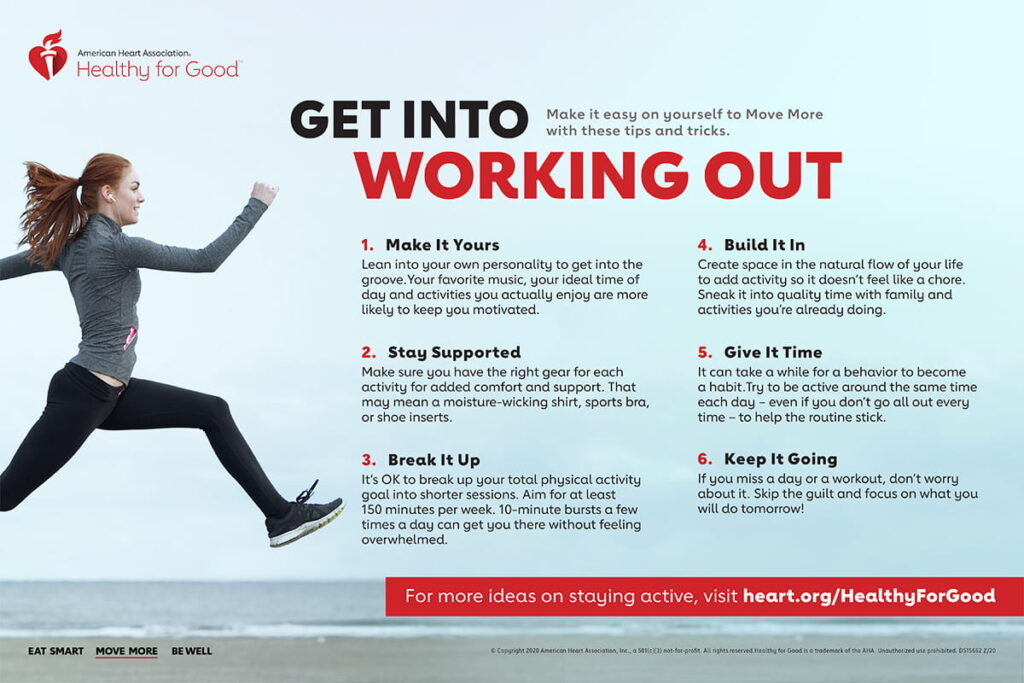
This image is property of www.heart.org.
Mental Preparation and Psychological Strategies
Developing a positive mindset and goal-setting
Mental preparation is just as important as physical training when it comes to excelling in your chosen sport or activity. Develop a positive mindset by setting realistic goals, maintaining a growth mindset, and focusing on the process rather than solely on outcomes. Embrace challenges and setbacks as opportunities for growth and learning. By cultivating a positive mindset and setting meaningful goals, you will enhance your motivation, resilience, and overall performance.
Practicing visualization and mental rehearsal
Visualization is a powerful technique for mental preparation and improving performance. Take time to visualize yourself successfully performing the skills or movements required in your sport. Imagine the physical sensations, emotions, and outcomes associated with your desired performance. Additionally, engage in mental rehearsal, where you mentally practice your performance, strategize, and go through scenarios. By consistently practicing visualization and mental rehearsal, you can enhance your performance, build confidence, and reduce anxiety.
Utilizing relaxation techniques for stress management
Stress and anxiety can negatively impact performance and hinder your ability to focus and perform at your best. Incorporating relaxation techniques into your routine can help manage stress and promote mental well-being. Techniques such as deep breathing exercises, progressive muscle relaxation, mindfulness meditation, or engaging in calming activities like yoga or nature walks can help reduce stress and bring a sense of calmness. Experiment with different relaxation techniques to find what works best for you and make it a regular part of your routine.
Building confidence and maintaining focus
Confidence and focus are essential for peak athletic performance. Build your confidence through preparation, consistent training, and positive self-talk. Surround yourself with a supportive network of coaches, teammates, and friends who believe in your abilities. Focus on the present moment and cultivate a mindset of being fully engaged. Develop routines and rituals that help you get in the zone and maintain focus during training or performance. By building confidence and maintaining focus, you will be able to perform to the best of your abilities.
Dealing with pressure and competition anxiety
Pressure and competition can often lead to anxiety and affect your performance. It’s crucial to develop strategies to manage pressure and reduce competition anxiety. Align your focus on the process and your own performance rather than worrying about external factors or outcomes. Utilize deep breathing exercises, positive self-talk, and visualization techniques to calm your nerves and restore focus. Remind yourself why you participate in your chosen sport and focus on enjoying the experience rather than solely on the results. Embrace competition as an opportunity to learn and grow.
Cross-Training and Supplemental Exercises
Exploring the benefits of cross-training
Cross-training involves engaging in alternative activities or exercises that complement your chosen sport or activity. It provides numerous benefits, including injury prevention, improved overall fitness, and enhanced athletic performance. Cross-training allows you to work different muscle groups, challenge your body in new ways, and break the monotony of repetitive training. Consider incorporating activities such as swimming, cycling, yoga, or weightlifting to supplement your training and improve your overall athleticism.
Incorporating alternative activities for variety and balance
Engaging in alternative activities not only provides physical benefits but also adds variety and balance to your training regimen. Participating in different sports or exercises offers a mental and physical break from your primary sport, reduces the risk of burnout, and keeps your training enjoyable. Explore activities that interest you and complement your chosen sport. This variety will not only keep your motivation high but also enhance your overall athleticism and transferable skills.
Using supplemental exercises to target specific muscle groups
Supplemental exercises are specific exercises that target and strengthen specific muscle groups. Identify muscle groups that are important for your chosen sport and incorporate exercises that specifically focus on those areas. For example, swimmers may benefit from exercises that target the shoulders and upper back, while runners may focus on exercises that strengthen the lower body and core. By including supplemental exercises in your training, you can improve your overall strength, stability, and muscular balance, leading to improved performance and reduced injury risk.
Including cardio exercises for overall fitness
Cardiovascular exercises are crucial for improving overall fitness and endurance. Regardless of your chosen sport, including cardio exercises in your training regimen is vital for promoting cardiovascular health, enhancing stamina, and increasing your aerobic capacity. Engage in activities such as running, cycling, swimming, or HIIT workouts to elevate your heart rate, challenge your cardiovascular system, and improve your overall fitness. The benefits of cardio exercises extend beyond your chosen sport and contribute to better overall health and well-being.
Balancing rest days and active recovery
While consistent training is essential for progress, it’s equally important to balance it with proper rest and active recovery. Rest days allow your body to recover and adapt from the physical stresses of training, reducing the risk of fatigue or overuse injuries. Active recovery involves engaging in low-intensity activities such as gentle yoga, walking, or swimming on rest days to facilitate blood flow, promote muscle repair, and aid in psychological recovery. Striking a balance between training and rest will optimize your performance and ensure long-term sustainability.
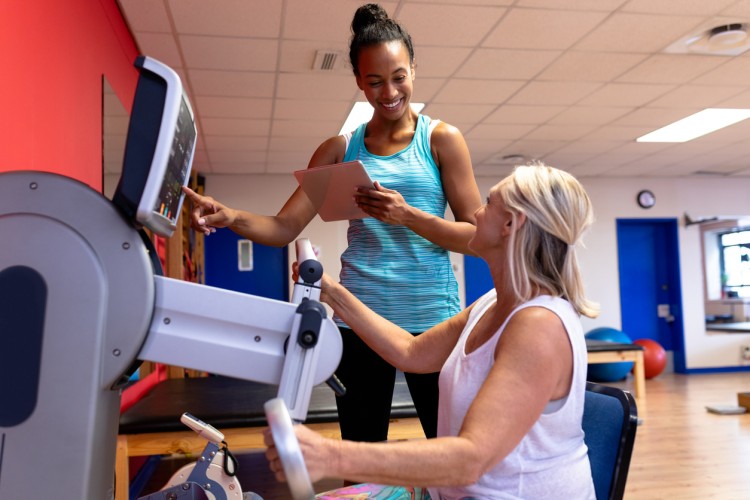
This image is property of s3-us-east-2.amazonaws.com.
Sports Psychology and Mental Training
Understanding the psychological aspects of sports
Sports psychology focuses on the mental and emotional aspects of athletic performance. By understanding the psychological aspects of sports, you can develop strategies to improve your mental toughness, resilience, and overall performance. Recognize that sports involve not only physical skills but also mental challenges such as dealing with pressure, maintaining focus, and managing setbacks. Embrace the psychological side of sports as an opportunity for growth and self-improvement.
Setting goals and maintaining motivation
Setting goals is an essential factor in maintaining motivation and driving performance. Develop clear, specific, and challenging goals that are aligned with your performance aspirations. Break these goals down into smaller, achievable targets to provide a sense of progress and accomplishment along the way. Regularly review and reassess your goals to ensure they remain relevant and inspiring. By setting goals and continuously monitoring your progress, you will maintain motivation and stay focused on your path to success.
Developing mental toughness and resilience
Mental toughness and resilience are crucial attributes for athletes, as they enable you to persist through challenges, setbacks, and hardships. Cultivate mental toughness by embracing the discomfort and pushing through physical and mental barriers. Develop a growth mindset that allows you to view failures or setbacks as opportunities for learning and improvement. Build resilience by remaining positive, adaptable, and persistent in the face of adversity. These mental qualities will help you bounce back from setbacks and perform at your best under challenging circumstances.
Using self-talk and positive affirmations
Self-talk and positive affirmations can significantly impact your mindset and athletic performance. Pay attention to your inner dialogue and replace negative thoughts or self-doubt with positive and empowering statements. Develop a repertoire of positive affirmations that reinforce your abilities, strengthen your belief in yourself, and foster confidence. Utilize self-talk and positive affirmations during challenging training sessions or competitions to boost your motivation, focus, and overall performance.
Implementing effective pre-competition routines
An effective pre-competition routine can help you get into the right mindset and prepare both mentally and physically for a performance. Develop a routine that includes activities that help you relax, focus, and visualize success. Incorporate calming techniques, dynamic warm-up exercises, visualization exercises, and mental rehearsal. Rehearsing this routine consistently before competitions will help you establish a sense of familiarity and boost your confidence. A well-executed pre-competition routine will set the stage for optimal performance and enhance your competitive mindset.
Staying Consistent and Avoiding Burnout
Creating a supportive and balanced lifestyle
Building a supportive and balanced lifestyle is crucial for maintaining consistency and avoiding burnout. Ensure that your training is integrated into your overall lifestyle and aligned with your values and priorities. Surround yourself with a supportive network of family, friends, and teammates who understand and encourage your commitment to your chosen sport. Create a healthy balance by incorporating other interests and hobbies into your life and dedicating time to rest, relaxation, and social connections. A well-rounded and balanced lifestyle will sustain your passion for your sport and promote long-term consistency.
Implementing strategies to stay motivated
Staying motivated over the long term can be challenging, but implementing strategies can help maintain your drive and enthusiasm. Set short-term goals and celebrate small achievements along the way to keep your motivation high. Find inspiration in the success stories of athletes who have excelled in your sport. Surround yourself with like-minded individuals who share your passion and drive. Use visualization techniques to mentally rehearse your desired outcomes and maintain a growth mindset. By implementing these strategies, you will stay motivated and continue making progress in your chosen sport.
Recognizing and managing signs of burnout
Burnout is a real risk when pursuing any sport or athletic activity intensely. It’s essential to recognize and manage the signs of burnout to prevent long-term physical, mental, and emotional exhaustion. Pay attention to symptoms such as persistent fatigue, decreased motivation, increased irritability, and decreased performance. If you notice these signs, take a step back and evaluate your training regimen and overall lifestyle. Consider incorporating additional rest days, adjusting training volume or intensity, seeking support from a coach or mentor, or adding more variety to your workouts. Prioritizing self-care and creating a healthy and sustainable training routine will help prevent burnout and promote long-term enjoyment in your chosen sport.
Taking regular breaks and incorporating rest days
Regular breaks and rest days are essential for recovery and maintaining overall well-being. Although dedication and consistency are crucial for progress, it’s also crucial to allow your body and mind time to rest and rejuvenate. Incorporate rest days into your training schedule to ensure adequate recovery between workouts. Use this time to engage in low-intensity activities, such as gentle walks or yoga, to enhance circulation, facilitate muscle repair, and promote mental relaxation. By prioritizing rest and recovery, you will prevent injuries, optimize performance, and avoid burnout.
Finding enjoyment and fun in the chosen sport or activity
Above all else, it’s essential to find joy and fun in your chosen sport or activity. Developing a genuine passion for what you do will sustain your motivation, drive, and commitment. Surround yourself with teammates, coaches, or training partners who foster a positive and enjoyable training environment. Celebrate achievements, both big and small, and take time to reflect on the progress you have made. Remember why you started and relish in the journey toward improvement. By finding enjoyment and fun in your sport or activity, you will experience lasting fulfillment and a lifelong commitment to a healthy and active lifestyle.
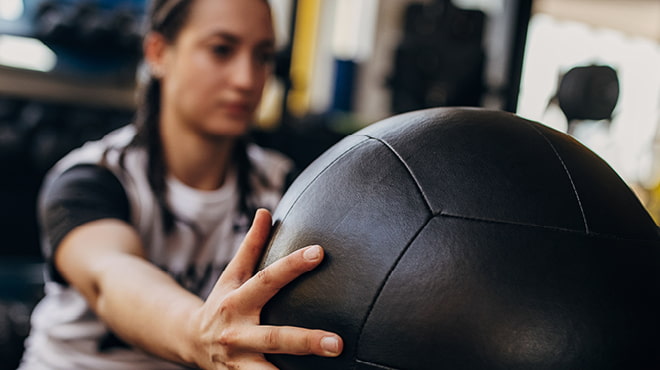
This image is property of www.mayoclinichealthsystem.org.

